On Sunday, 22 May 2011, a multiple-vortex tornado touched down shortly after 5:00pm and began to rip a path nearly a mile wide across Joplin, Missouri, through the town of Duquesne, and into the rural areas of Jasper County. The Storm was on the ground for 38 minutes and traveled approximately 16 miles.
Joplin’s redefinition results from the large number of community members and volunteers driven by passion and kindness to rebuild.
22 May 2017 will be the sixth anniversary of the tornado and, as I have done every year since the storm, I will attend the community ceremonies remembering the event at Cunningham Park. As a leader of a volunteer group and a reluctant and unexpected repository for survivor’s stories, I would like to share my observations of this community’s successes in response, recovery, and stewardship in the aftermath of the deadliest tornado in a century.
When the monster had lifted, nothing vertical was left. 161 lives were lost; over 5,000 homes and 3,000 businesses had been destroyed.
What happened next was what then-City Manager Mark Rohr described as “The Miracle of the Human Spirit” [i]. The people of these communities lifted themselves out of the rubble, dug their neighbors out, and began the process of helping themselves and one another.
Within minutes, first responders sprang to action and volunteers outside of the tornado zone rushed to aid. And at lightning speed, the radius from which the volunteers came to support the devastated city grew from across town to across the world.
Professionals from a neighboring city lend their expertise
The diversity of volunteers and the talents they offered were wide and deep. On Monday morning, the day after the storm, architect Brandon Dake of Dake-Wells Architecture and American Institute of Architects (or AIA) Springfield, MO president, called four AIA members in Joplin to confirm their safety and to ask if there was anything AIA could do to help them. They said “Not yet, but we will eventually need help re-planning our city” [ii].
This early recognition of the need for collaborative planning to rebuild Joplin ignited the desire in Dake and members of the AIA chapter to take action. In a coordinated effort, architects, Joplin community leaders, and caring citizens gathered to discuss and create a conceptual plan for rebuilding Joplin. The result was a two-day, comprehensive master-planning event whose recommendations were later approved by the Joplin city council [iii].
Timeline of AIA’s involvement:
- 2 months after the tornado, the City officially requested AIA’s assistance
- 3 months later, an AIA workshop was organized
- 3 months after that, the City approved AIA’s recommendations
The AIA invited over 100 professionals to the workshop and the sessions were open to the entire community. Forty-five professionals, city leaders, members of Citizens Advisory Recovery Team (or CART) and individual citizens attended.
Citizens of Joplin organize, take action, and lead
As Joplin leaders were organizing recovery efforts, CART, a team of citizens that had volunteered to help “Build Joplin Strong,” simultaneously organized and inserted themselves into conversations about recovery. Representing caring citizens, CART developed four teams: Economic Development; Schools + Community Facilities; Housing + Neighborhoods; and infrastructure & Environment.
CART heavily influenced the recovery and rebirth of Joplin. Stewardship from this group is alive today and has accompanied the efforts of Joplin leaders as they have navigated recovery and rebirth in a thoughtful, coordinated manner. A 13-page report of community objectives, “Listening to Joplin Progress Report”, was published in 2013 by the Citizens Advisory Recovery Team [iv]. The report shows healthy progress toward the ideas of recovery put forth by the community. As of the date of the report, most of the completed work has occurred in the infrastructure and environment sectors and the economic growth sectors.
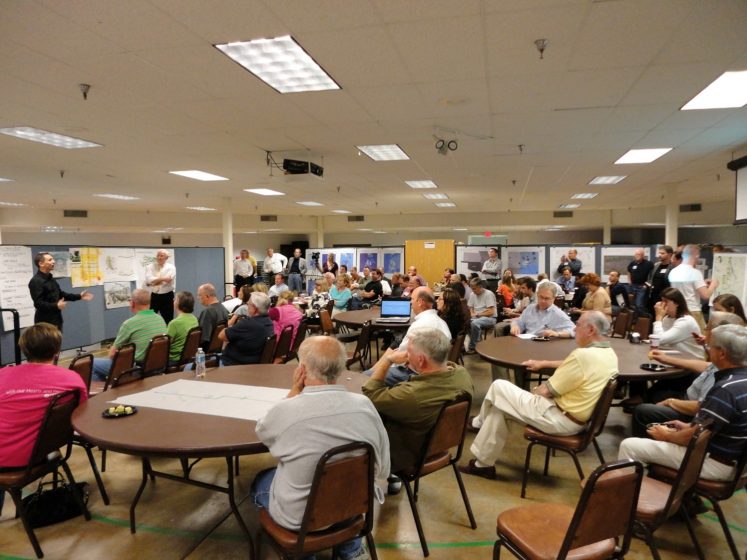
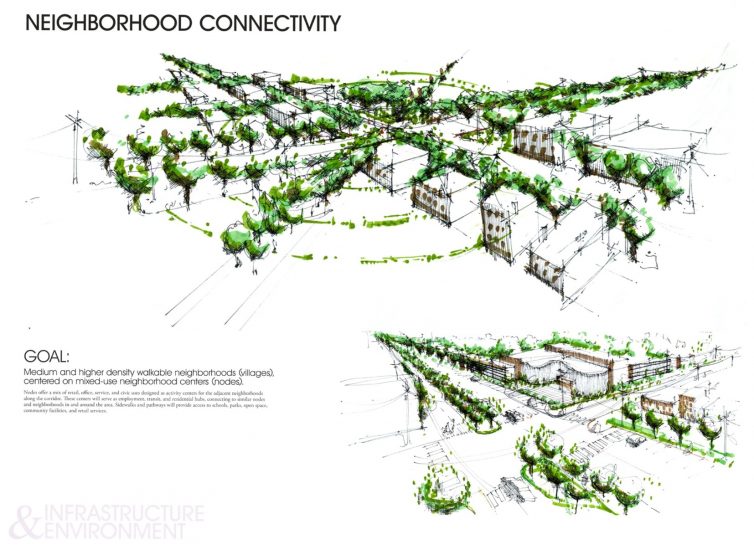

By July of 2011, over 150,000 (registered) volunteers had come from across the country and the world to help Joplin in the recovery process. This unprecedented number of volunteers was always met with overwhelming gratitude from every Joplin citizen they encountered.
Stewardship from an unlikely source
In October of 2011, the ABC television network show Extreme Makeover: Home Edition executed a plan to create a second wave of volunteers in Joplin using the show’s “Seven Houses in Seven Days” series finale. Renewed attention and enthusiasm to help the still devastated community generated over 10,000 volunteers for the projects of the episode, as well as millions of dollars in donations for many projects outside of the Extreme Makeover’s scope during their 10-day build. In addition to building homes for seven families in great need, Extreme Makeover shepherded the reconstruction of Cunningham Park—the oldest park in the community, considered ground zero of the storm.
Extreme Makeover documented volunteers from all 50 states and many countries during the build. Volunteers included construction crews, companies, individuals, and impromptu groups such as the “The Mural Team”, an all-female volunteer group of friends from all across Missouri, who painted custom murals in each room of the 12 children of the featured families. Extreme Makeover and The Mural Team hoped the children would smile, finding comfort and security in their new rooms, which had been painted with an outpouring of love and compassion.
In Cunningham Park, three projects and 90 percent of the greenscape were restored, providing relief to the community from the grayness of the land that had been in the tornado’s path, which had been scraped bare during cleanup from the storm.
National corporate sponsors donated to two of the three Cunningham projects; the Drury University Design-Build Program and its architecture students led a third project in partnership with Crossland Construction of Joplin. Over 30 sponsors and volunteer groups supported this team in collaboration with Joplin Parks and Recreation.
The project assigned to Drury Design-Build by the City Manager of Joplin was to design and build a tribute to the volunteers that had come to mean so much to the community. The Volunteer Tribute [v], came to have four concentric rings, representing the four phases of recovery as defined by Mark Rohr, City Manager [vi]. The design also included a butterfly mosaic and touch pedestals of “shards of people’s lives”[vii] put back together in a meaningful way [viii], and a six-foot, stainless steel replica of the wristbands worn by volunteers is inscribed “Miracle of the Human Spirit” [ix]. Bronze tools located within the rings represent the volunteers that helped through all four phases of recovery. In honor of the stories told by many children of butterflies helping them during the storm, a butterfly mosaic sits at the centroid of the garden.
The Drury Design-Build team consisted of 38 architecture students, five professors, many staff, and volunteers of the first-ever Drury SmartMob! A Flash Mob with Purpose [x]. Similar to the spontaneous appearance of a flash mob, volunteers were given clues about the nature of the service project for weeks leading up to the project through social media. Yet, the task of laying 26,000 sq. ft. of sod at Cunningham Park during the Makeover, was only revealed to the SmartMob! volunteers as they arrived at the park on buses. Energized by the opportunity to help, the 120-strong SmartMob! laid sod well beyond their goal in less than 45 minutes and kept greening the park until 90 percent of it was restored.

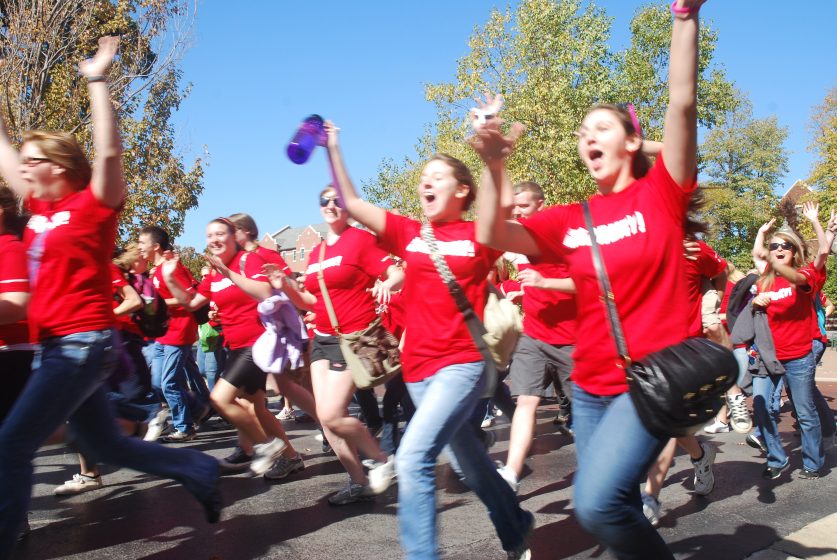
Joplin Parks and Recreation
Six city parks were destroyed during the storm—more than one third of the parks in Joplin [xi]. Driven to give the weary recovery team much-needed relief, Chris Cotton—a laser-focused Director of Joplin Parks and Recreation and recipient of the Missourian Award for his efforts on the night of the storm—led the proud and passionate Joplin Parks and Recreation department to rebuild not only the six devastated parks, but the entire park system to a grandeur greater than before the tornado. Today, the park system has sports fields, aquatic centers, memories, healing gardens, and amenities many cities in the Midwest would envy. Cotton has built a legacy that will touch and improve lives for decades.
A place for healing
While great attention and funding were directed toward reconstruction of the city in the first year following the storm, a collaborative from Cornell University, USDA Forest Service, Drury University, and Forest ReLeaf of Missouri were focused on developing a place for the people of Joplin to heal from the losses they experienced. Funded by the TKF Foundation, the collaborative, along with Cotton and the Joplin Parks and Recreation crew, developed the Butterfly Garden and Overlook, an open space, sacred place within nature to heal [xii].
The Butterfly Garden outlines three houses erased by the storm, and couples Worden’s four tasks of processing grief with four architectural elements that appear in all TKF Foundation-funded healing gardens. The threshold of the house symbolizes Worden’s accepting the reality of the loss; a labyrinth-like path supports processing the pain of grief; four sacred spaces tucked within nature become places in which those who need to heal can sit on a provided bench, write in a waterproof journal, and create a new world without what/who was lost; and the three dimensional tracing of the houses creates an enduring connection to what was lost [xiii][xiv].
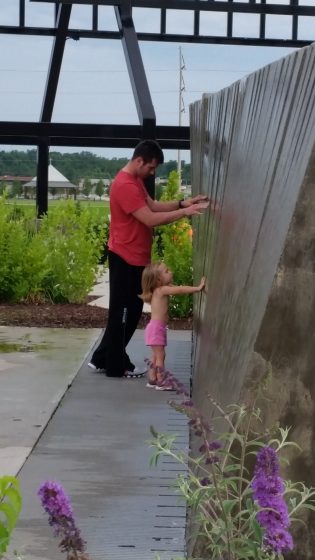
Beyond the healing elements of the garden, there are seven stainless steel, student-designed storyboards that tell acts of heroism, children’s butterfly stories, storm statistics, and the intent of the space. A 26-foot concrete water wall is segmented into the 38 minutes the tornado was on the ground. At minute seven, representing 5:41 pm—when the storm hit Cunningham Park and St. Johns Hospital across the street—a void occupies the space. The concrete and stainless steel of the void is broken by the path of the tornado and becomes a water feature in a sacred space. An inscription on the back from a survivor reads, “The biggest and most disastrous moments in a person’s life can be the most defining of a person’s character and a person’s heart”. As you continue along the path, it becomes whole again, with a visible scar and a survivor quote that reads, “I just want people to know that we (Joplin) are strong”. A butterfly pavilion provides a comforting sense of surroundings within nature, shades a TKF-provided bench on one side of the water wall, and a student designed “healing” bench faces the “Hope” inscription on the other [xv].





Stewardship and Firesouls
Stewardship in Joplin, MO, came in many forms and at times through unusual collaborations. Individual citizens stepped up to do any and all things necessary to rescue and transition into recovery. External organizers and leaders executed planning meetings. Caring citizens organized as a group to steward the city through rebuilding. University faculty used courses to educate while helping the community. A network television show took passionate and caring employees and turned their talents and experience into large, impactful projects. Volunteers came from around the globe and kept coming long after anniversaries of the storm came and went. As of January 30, 2014, AmeriCorps had documented 182,044 volunteers. These are the stories of Firesouls [xvi].
TKF Foundation defines a Firesoul as “an individual compelled to share their vision of the healing power of nature. More than a caretaker, a Firesoul is a person driven by a passion for creating, maintaining and sharing the healing gifts of Open Spaces Sacred Places with others” [xvii]. I believe that the resilience of Joplin is a result of the large number of community members and volunteers who were driven by passion and kindness.
There are so many more stories of heroism, volunteerism, stewardship, and firesouls that will probably never be shared publicly—nevertheless, they exist tangibly because of the lives they have touched and the physical and emotional rebirth of the city they restored. The phenomenon of their actions, character, and heart was truly described well by Mark Rohr as The Miracle of the Human Spirit.

Traci Sooter
Springfield
[i] Rohr, Mark, (2012), Joplin: The Miracle of the Human Spirit; Tate Publishing
[ii] Dake, Brandon. Sooter, Chikaraishi, Hedges. Architects as Leaders: Best Practices for Engaging Community after the Joplin Tornado. Building Leaders, American Institute of Architects National Convention, June 20-22, 2013, Denver, CO. [email protected].
[iii] Dake, Brandon. Sooter, Chikaraishi, Hedges. Architects as Leaders: Best Practices for Engaging Community after the Joplin Tornado. Building Leaders, American Institute of Architects National Convention, June 20-22, 2013, Denver, CO.
[iv] Citizens Action Recovery Team, (CART) accessed 3/30/17. http://joplinareacart.com/wp-content/uploads/sites/26/2013/03/CART-Report-Card-March-2013.pdf.
[v] The Volunteer Tribute. Drury Deisgn-Build. Drury University. Traci Sooter, Director, Nancy Chikaraishi, Keith hedges, Rufus Louderback. 2011.
[vi] Rohr, Mark, (2012), Joplin: The Miracle of the Human Spirit; Tate Publishing
[vii] Chris Cotton 2011.
[viii] Sooter, Chikaraishi, Hedges, Drury University, Springfield, MO. www.drury.edu
[ix] Rohr, Mark, (2012), Joplin: The Miracle of the Human Spirit; Tate Publishing
[x] Drury SmartMob! A Flash Mob with Purpose. Drury University, Springfield, MO. Dr. Regina Waters. www.drury.edu
[xi] Fact Sheet – City of Joplin May 22, 2011 EF-5 Tornado. Page 1 of 9. Lynn Iliff Onstot. Public Information Office 602 S. Main Street, Joplin, Missouri 64801.
[xiii] Worden, J. W. (1991). Grief counseling and grief therapy: A handbook for the mental health practitioner (2nd ed.). London: Springer.
[xiv] Landscapes of Resilience team, TKF Foundation. http://naturesacred.org
[xv] Sooter, Chikaraishi, Hedges, Architectural Design IV students. www.drury.edu
[xvi] Fact Sheet – City of Joplin May 22, 2011 EF-5 Tornado. Page 1 of 9. Lynn Iliff Onstot. Public Information Office 602.


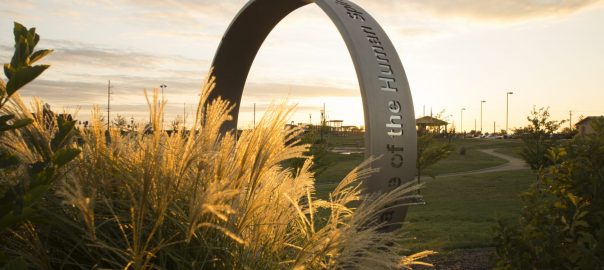
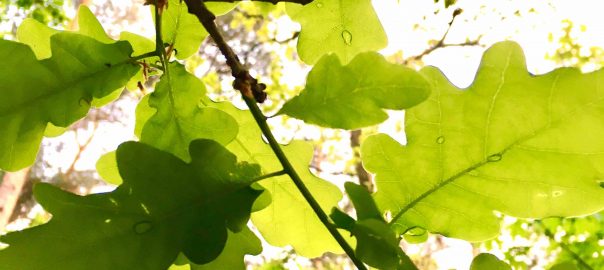
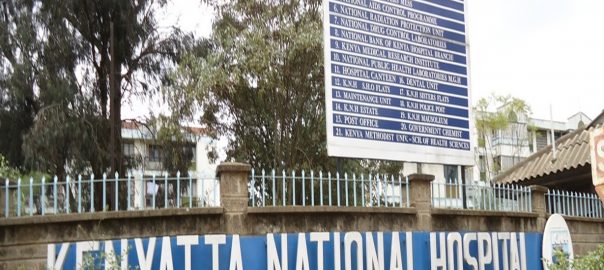
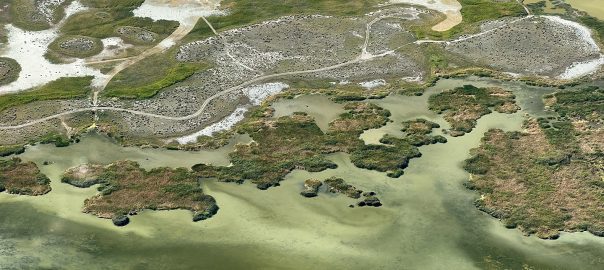
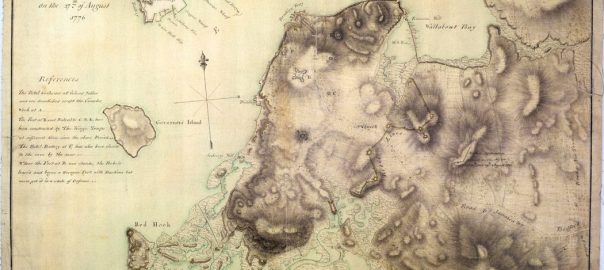
Leave a Reply